Ride.
Northumberland loop.
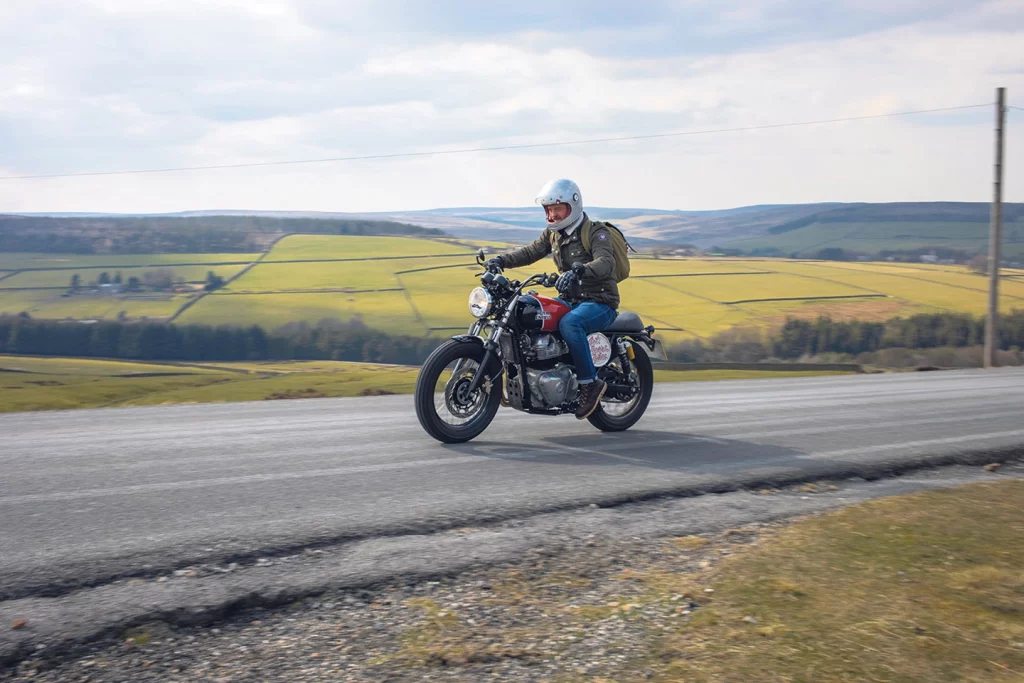
- Miles: 250
- Start: any point on the trip
- Time: 7 to 10 hours
- Suitability: all bikes and riders
A 250-mile adventure around the land of dark skies, rolling hills and exquisite coastline.
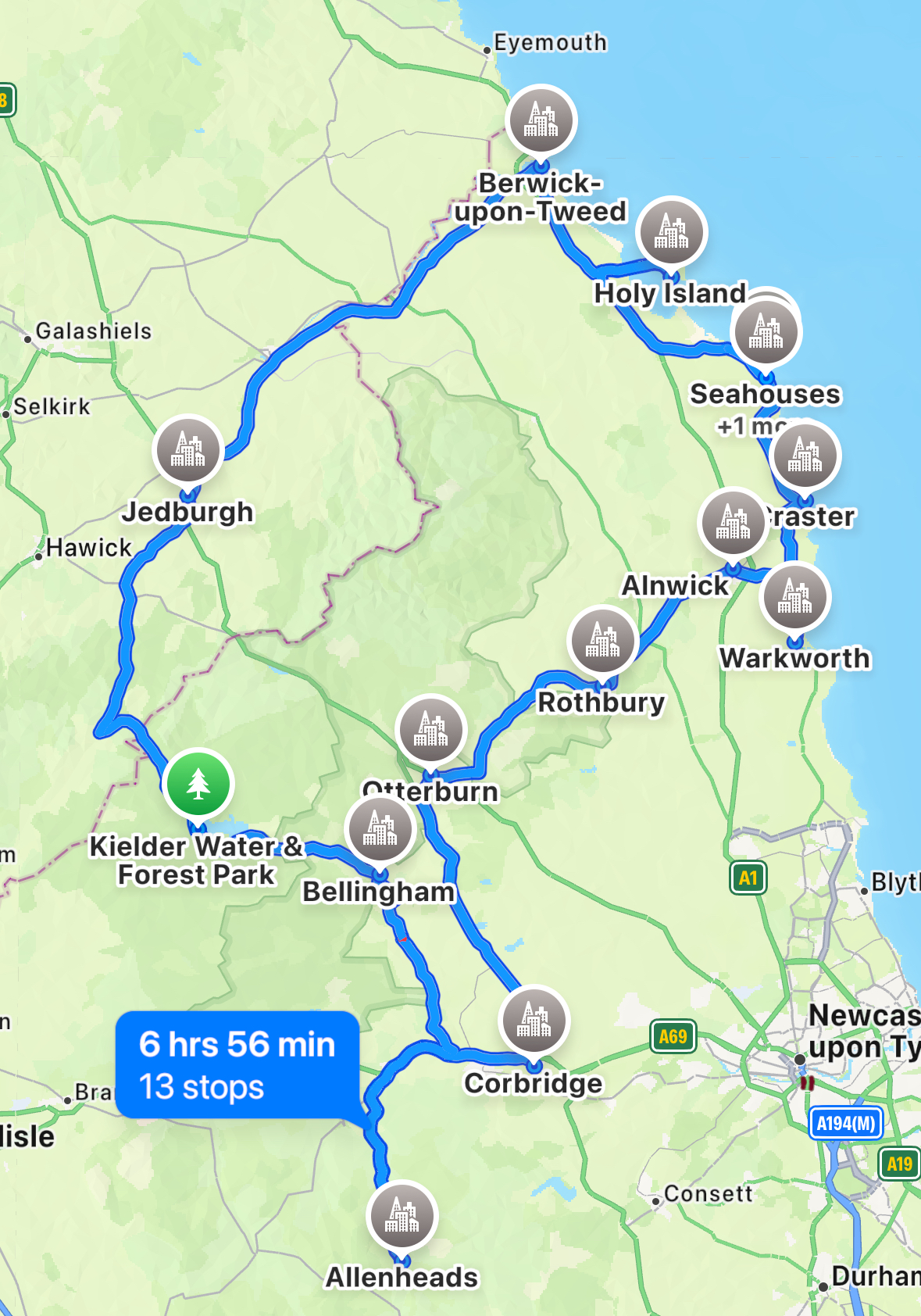
Berwick upon Tweed sometimes known as Berwick-on-Tweed or simply Berwick, is a town and civil parish in Northumberland, England, 2.5 mi (4 km) south of the Anglo-Scottish border, and the northernmost town in England
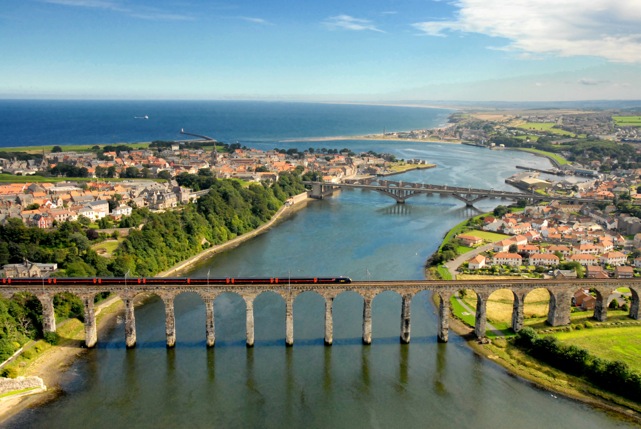
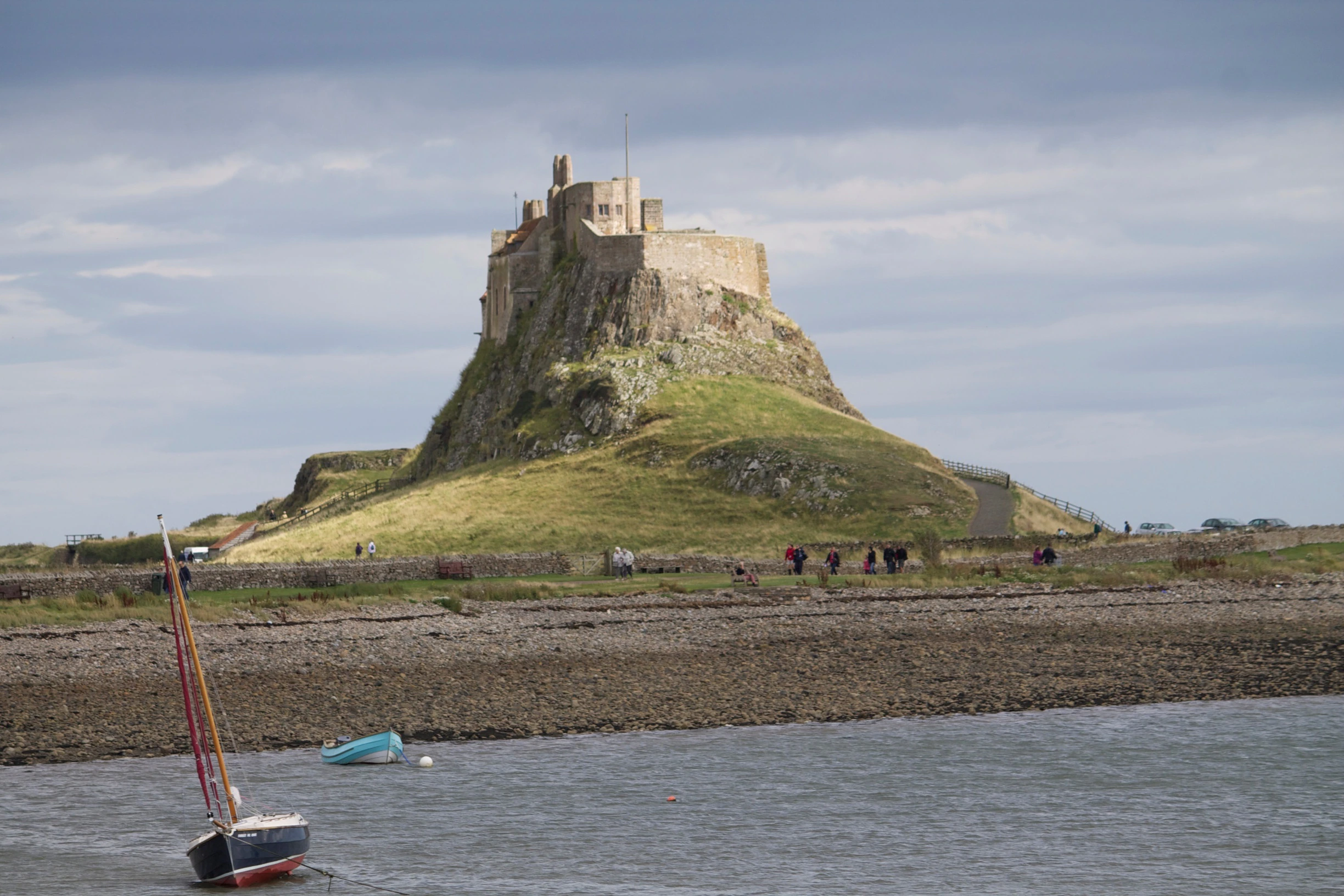
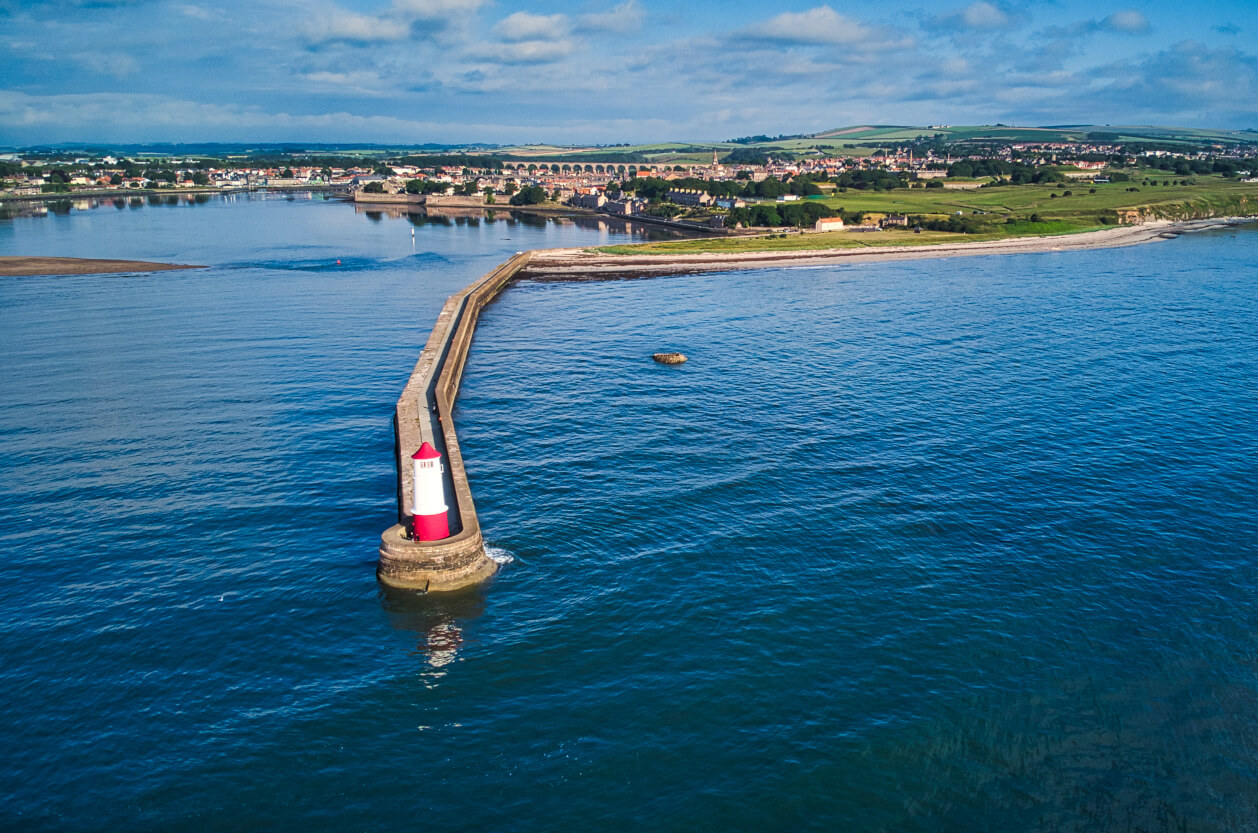
Jedburgh is a town and former royal burgh in the Scottish Borders and the traditional county town of the historic county of Roxburghshire.
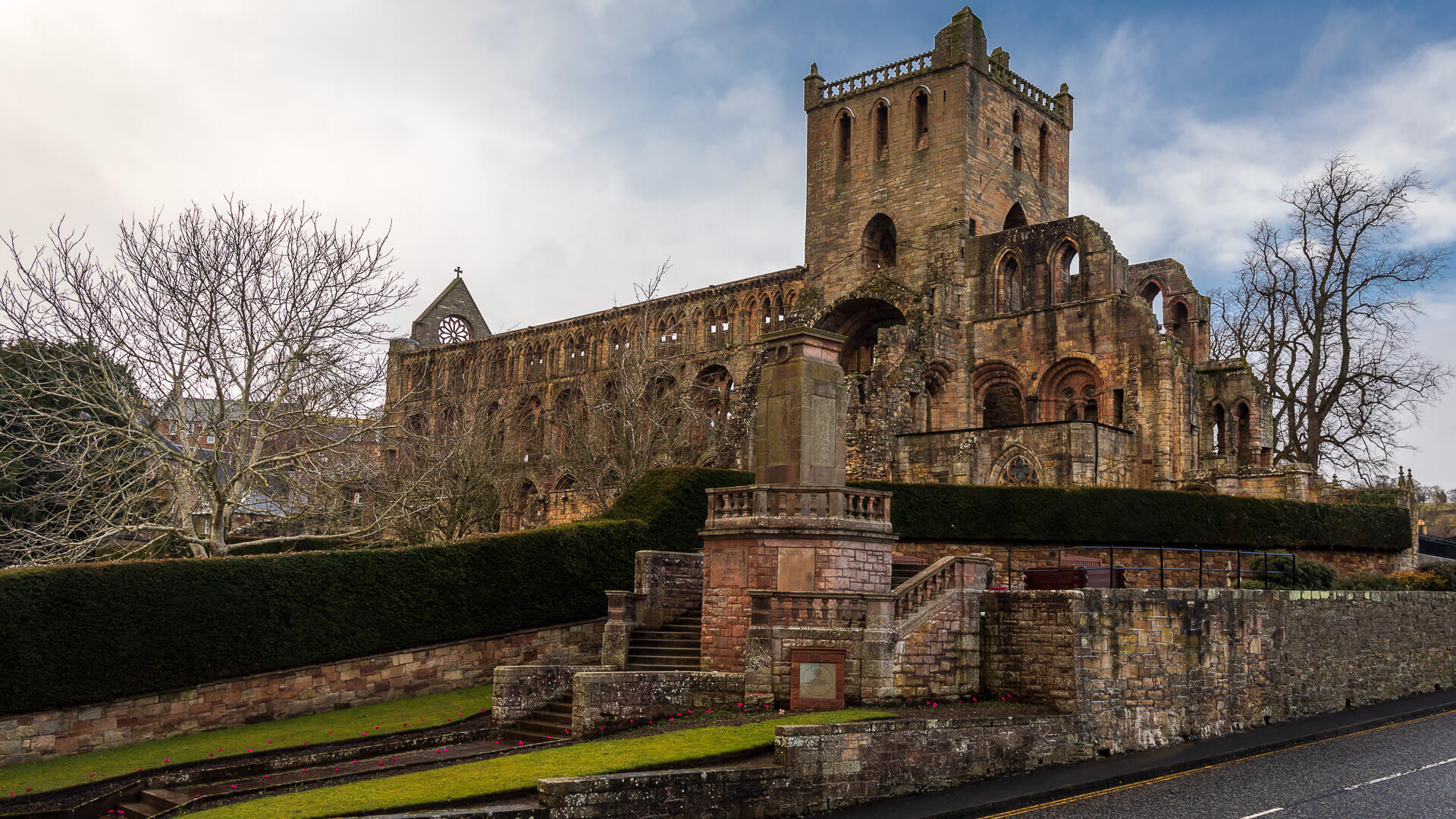
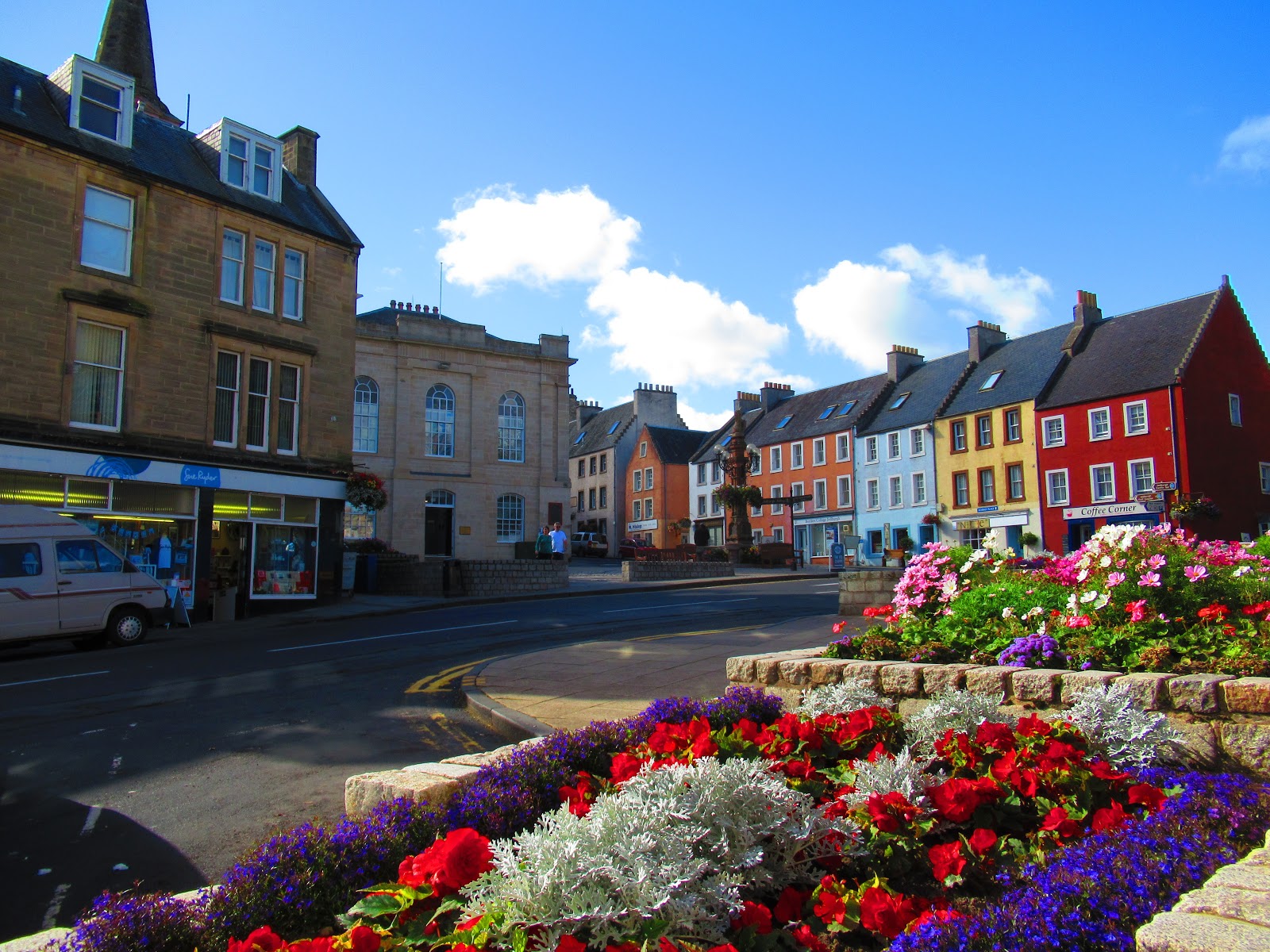
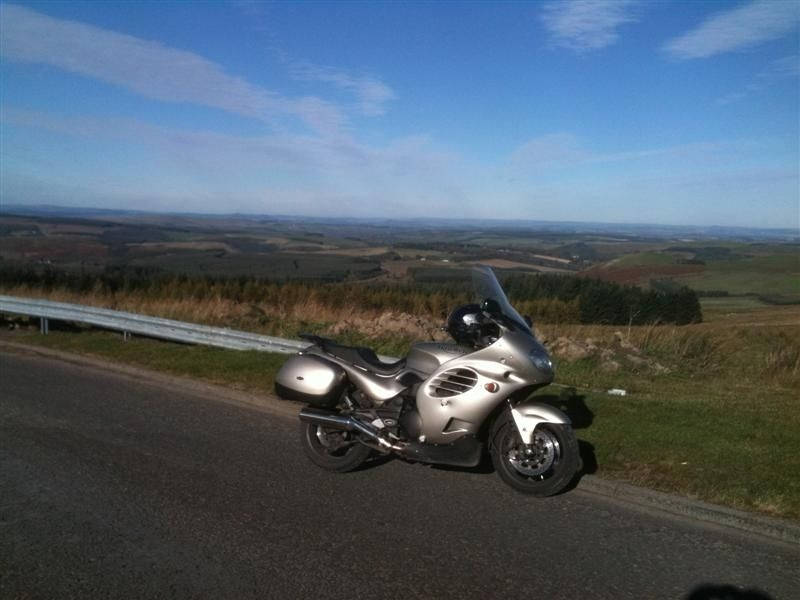
From Jedburgh to Kielder you pass Hadrian’s Wall which is a former defensive fortification of the Roman province of Britannia, begun in AD 122 in the reign of the Emperor Hadrian. Running from Wallsend on the River Tyne in the east to Bowness-on-Solway in the west of what is now northern England, it was a stone wall with large ditches in front and behind, stretching across the whole width of the island. Soldiers were garrisoned along the line of the wall in large forts, smaller milecastles, and intervening turrets.
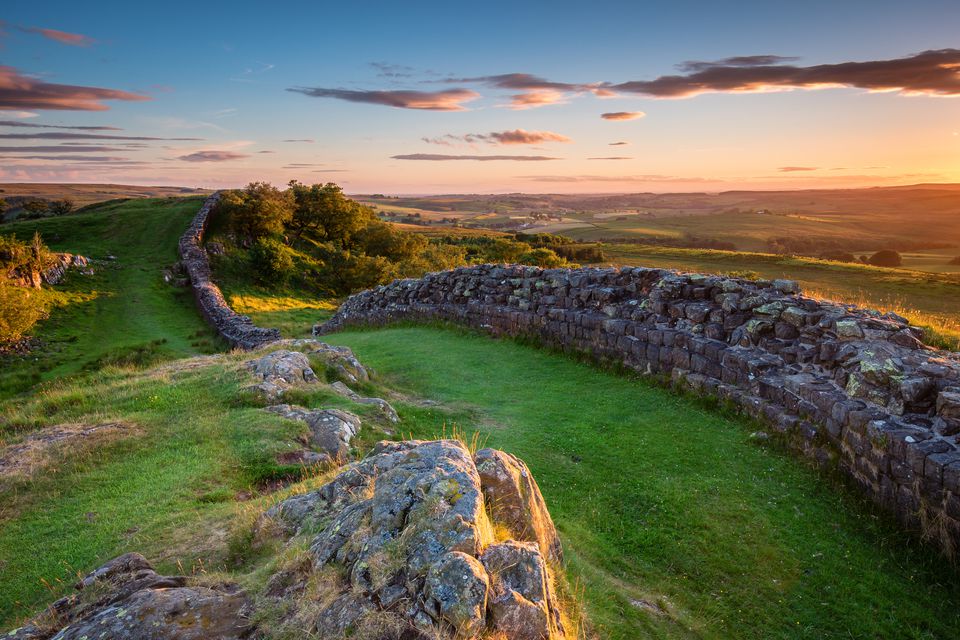
Kielder is a small, remote village in western Northumberland, England. Located at the head of Kielder Water and in the north west of Kielder Forest, the village is within three miles (five kilometres) of the Scottish border.
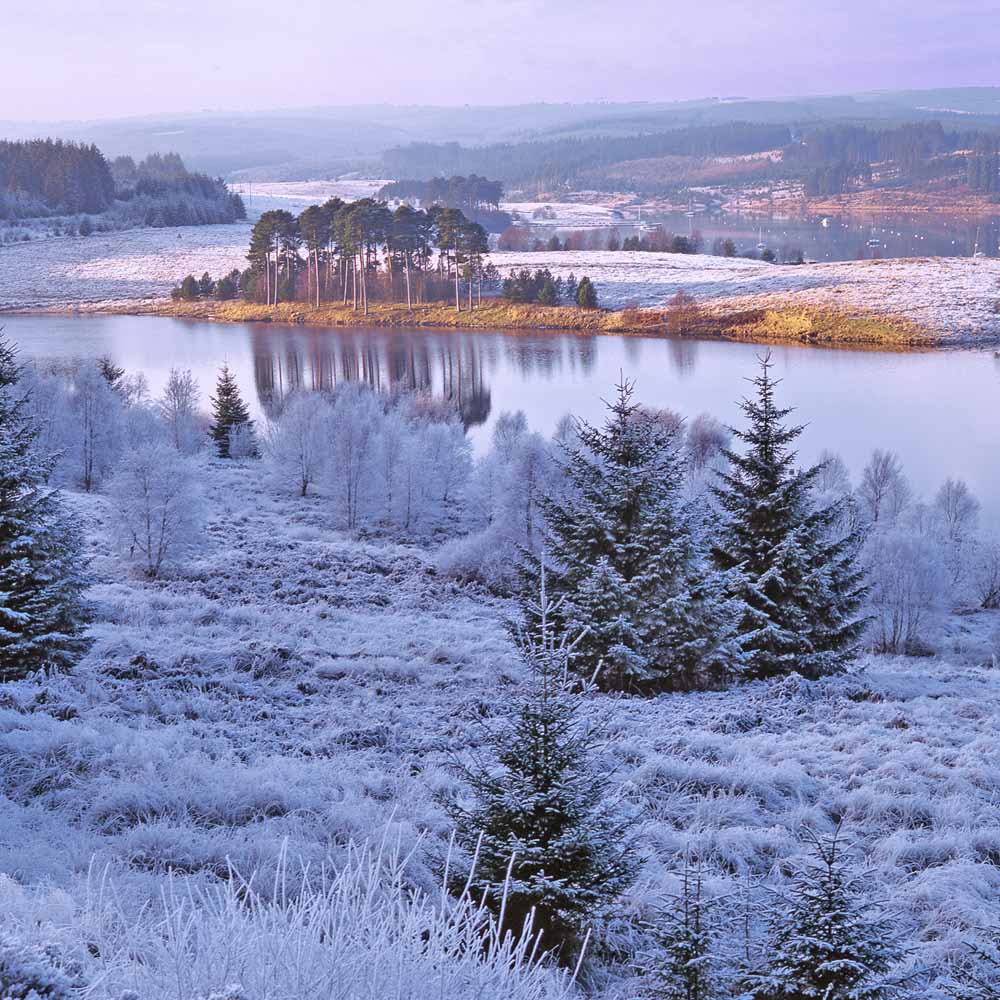
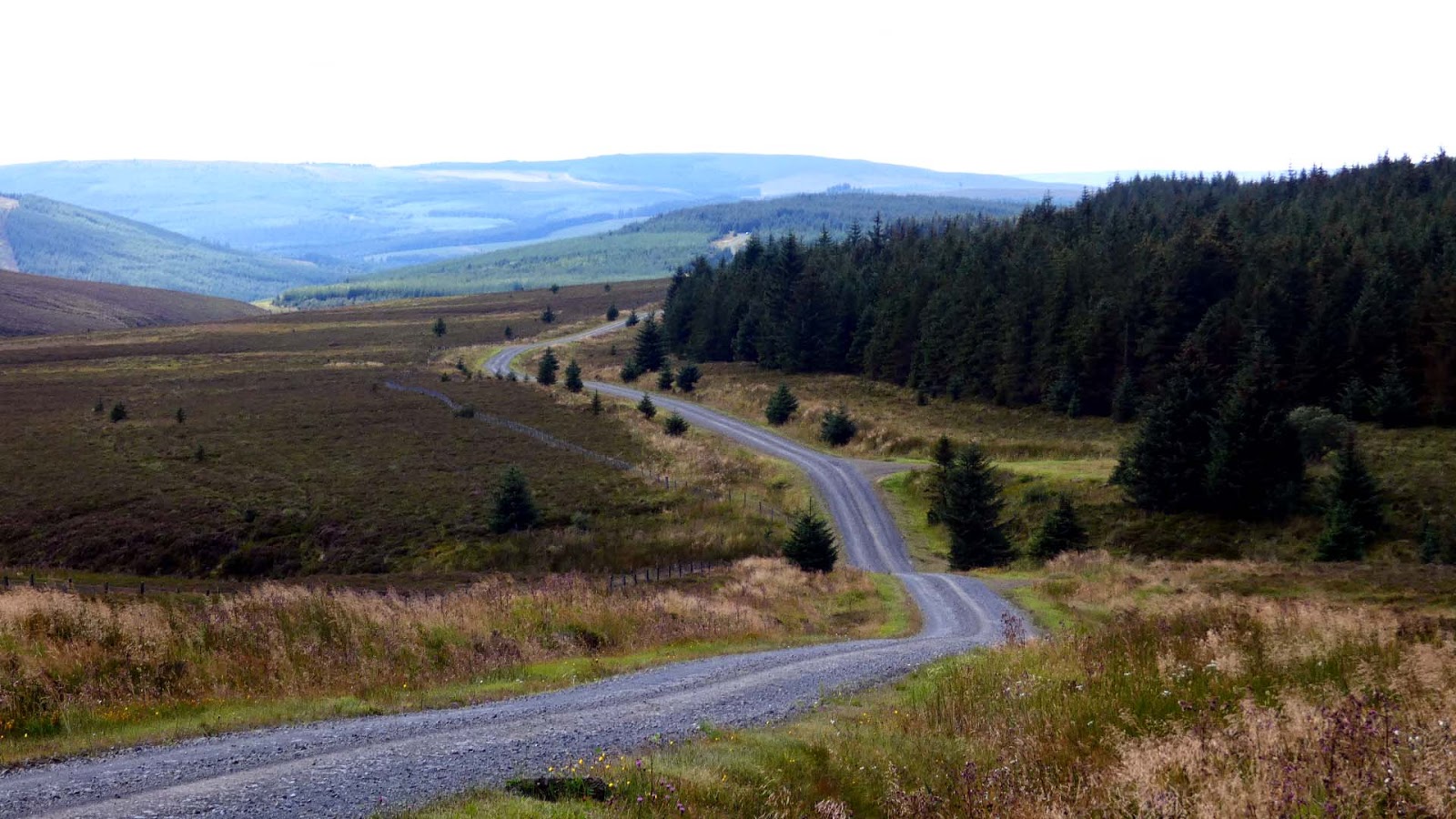
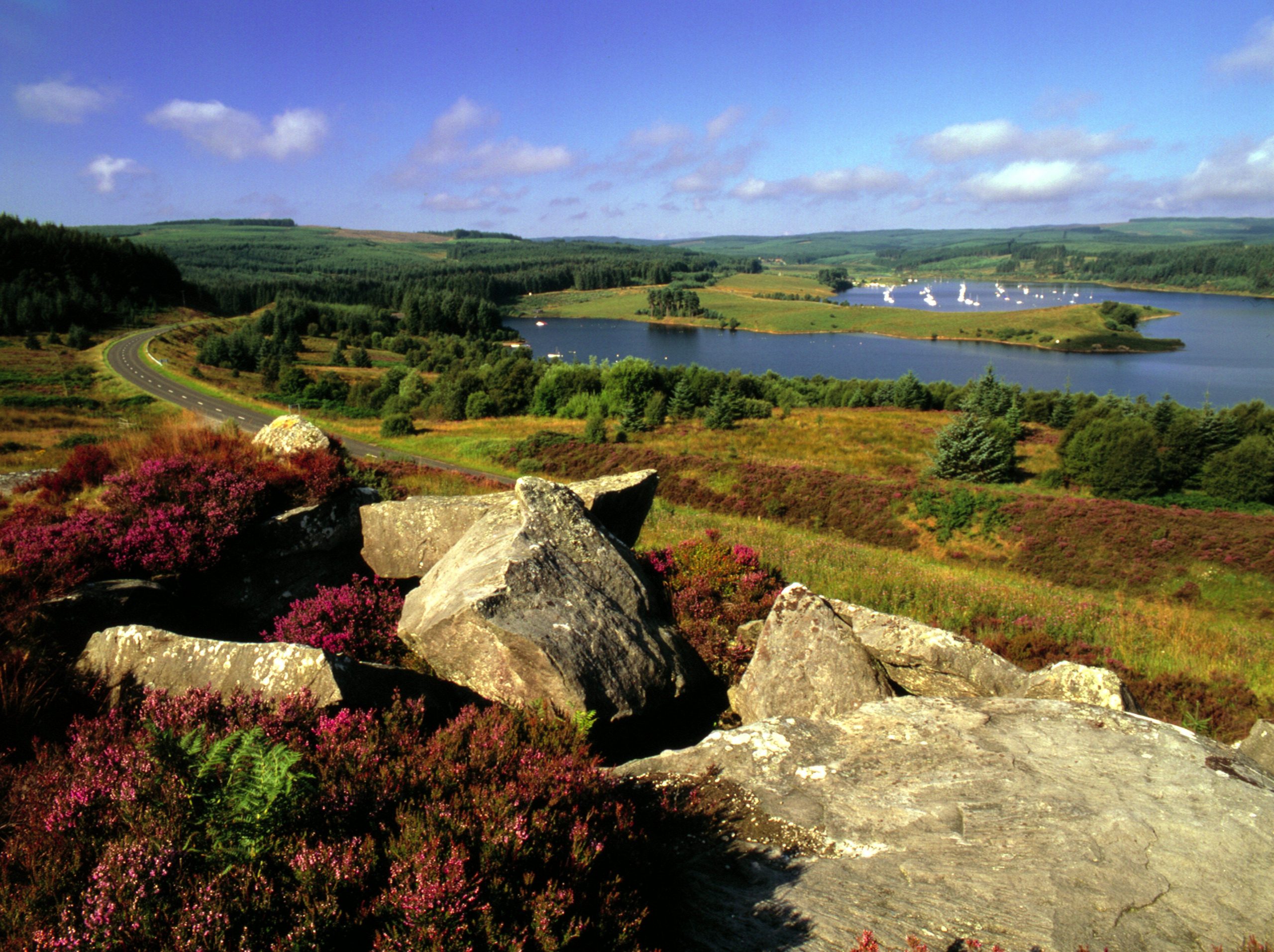
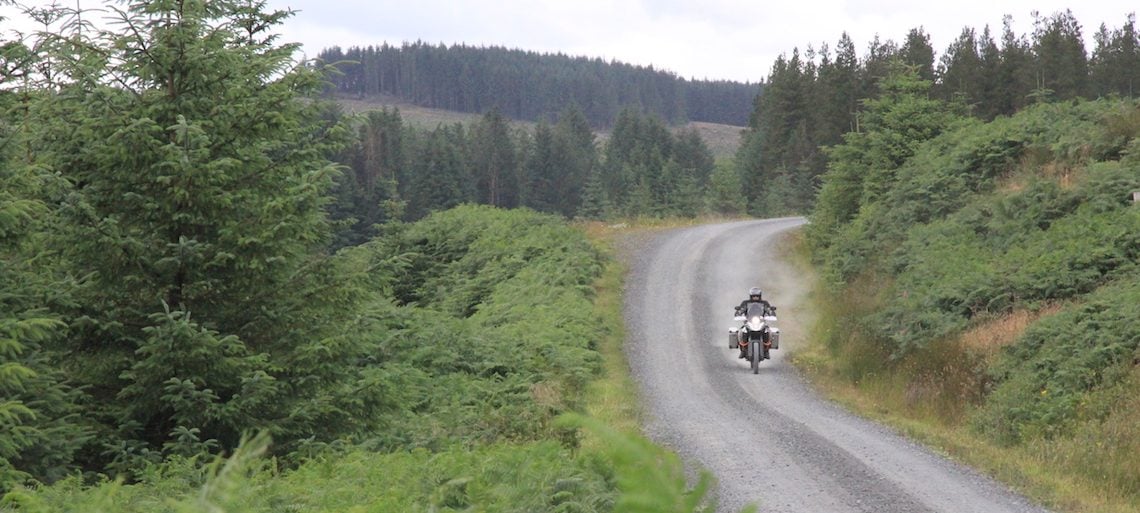
Bellingham is a village and civil parish in Northumberland, to the north-west of Newcastle upon Tyne and is situated on the Hareshaw Burn at its confluence with the River North Tyne.
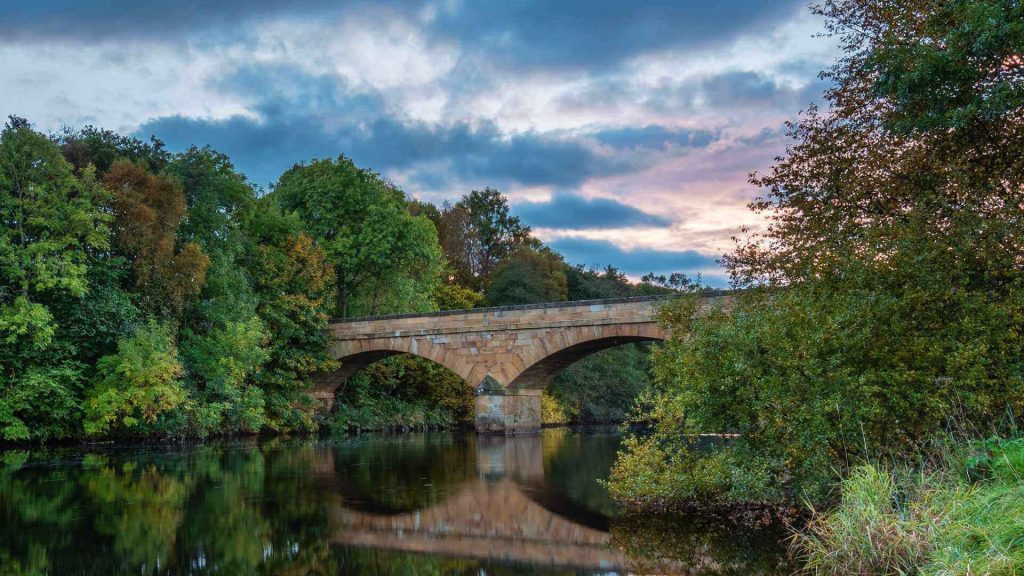
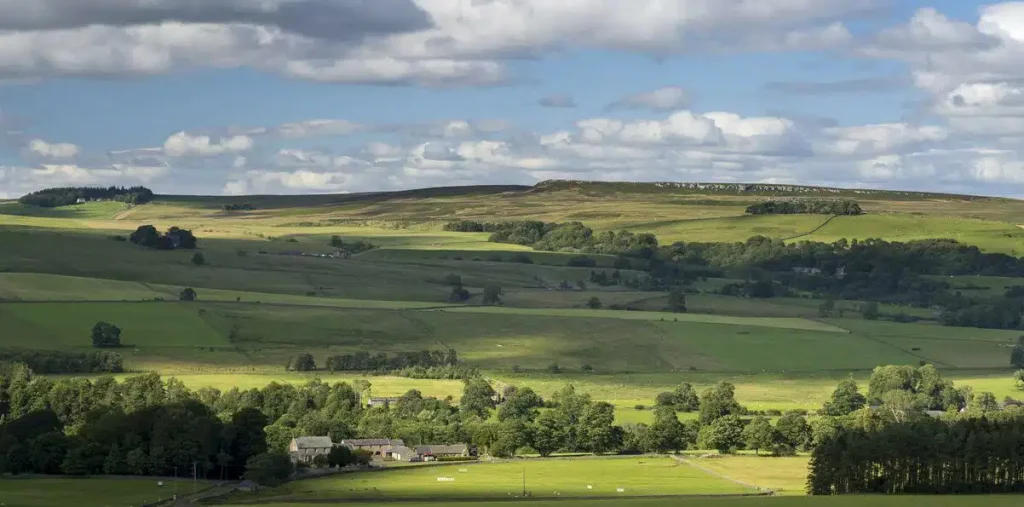
Allenheads is a former mining village in the Pennines to the north of Weardale in Northumberland, England. Lead extraction was the settlement’s industry until the mine closed in the late 19th century. Allenheads, which is 404 m (1,325 ft) above sea level, is situated 8 miles (13 km) further along the River East Allen from Allendale.
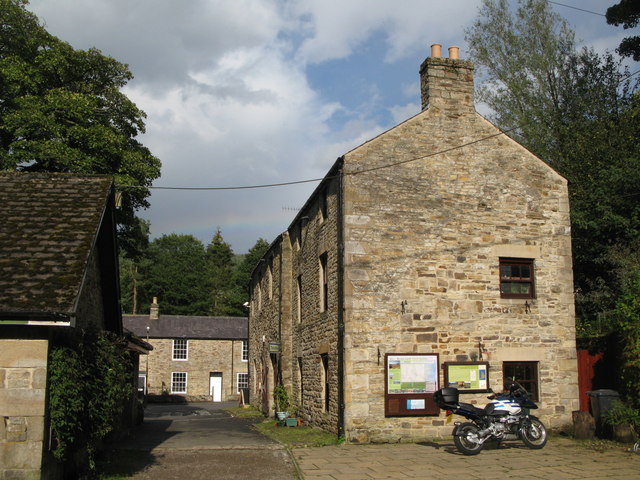
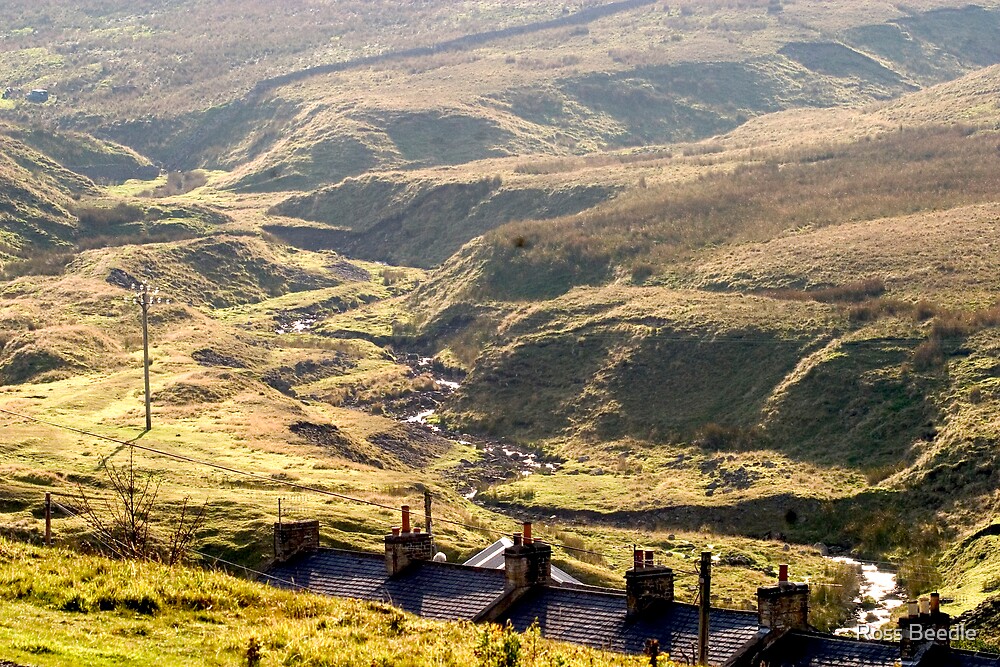
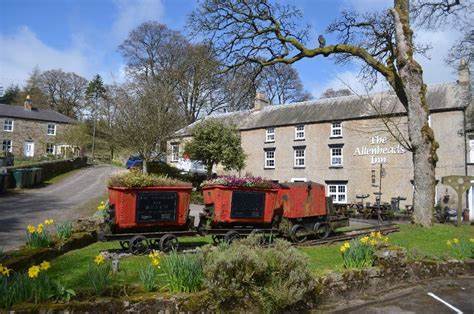
Corbridge is a village in Northumberland, England, 16 miles (26 km) west of Newcastle and 4 miles (6 km) east of Hexham.
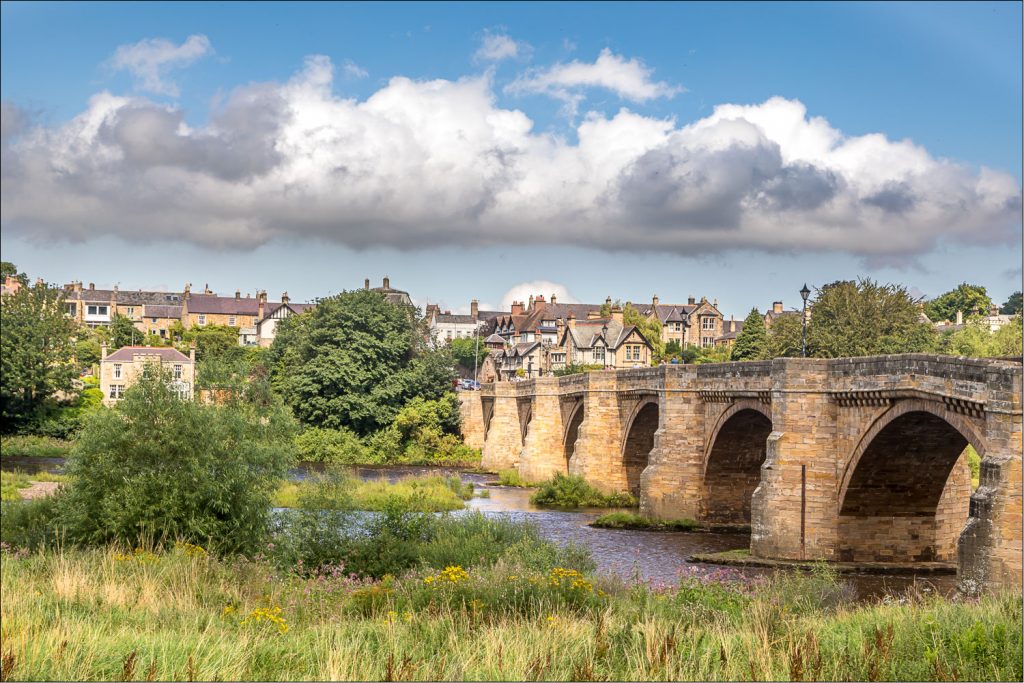
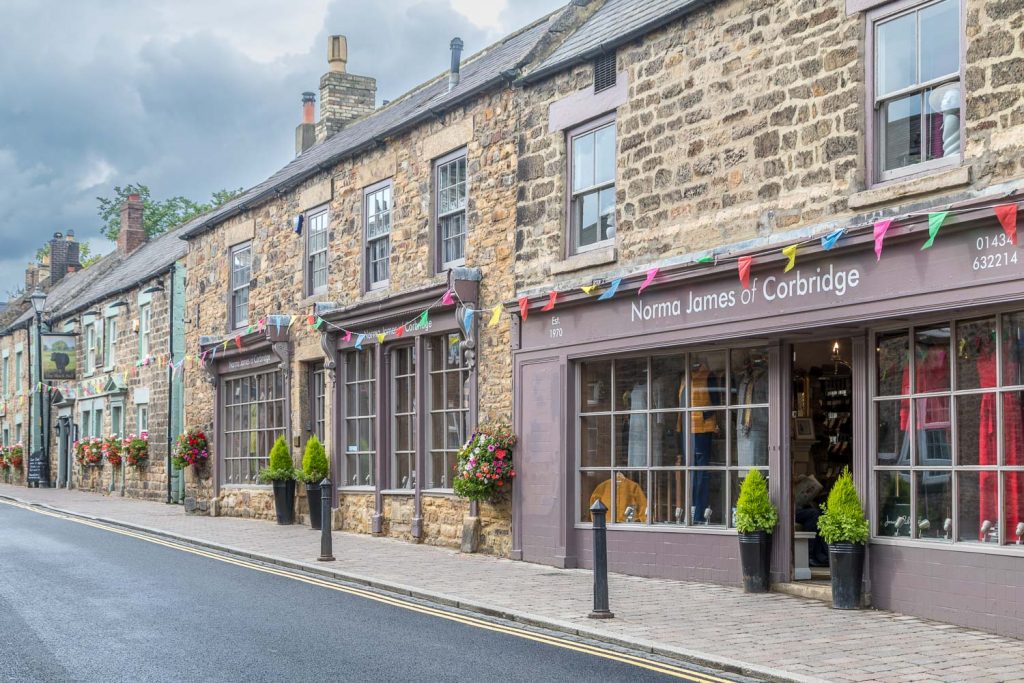
Otterburn is a small village in Northumberland, England, 31 miles (50 km) northwest of Newcastle upon Tyne on the banks of the River Rede, near its confluence with the Otter Burn, from which the village derives its name. It lies within the Cheviot Hills about 16 miles (26 km) from the Scottish border. The parish of Otterburn is at the heart of Redesdale, a Northumbrian upland valley.
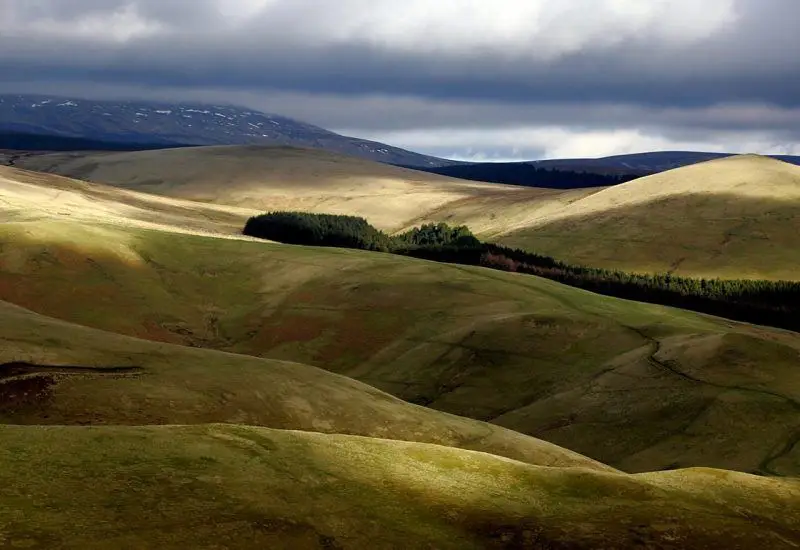
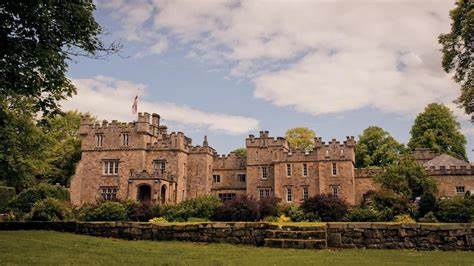
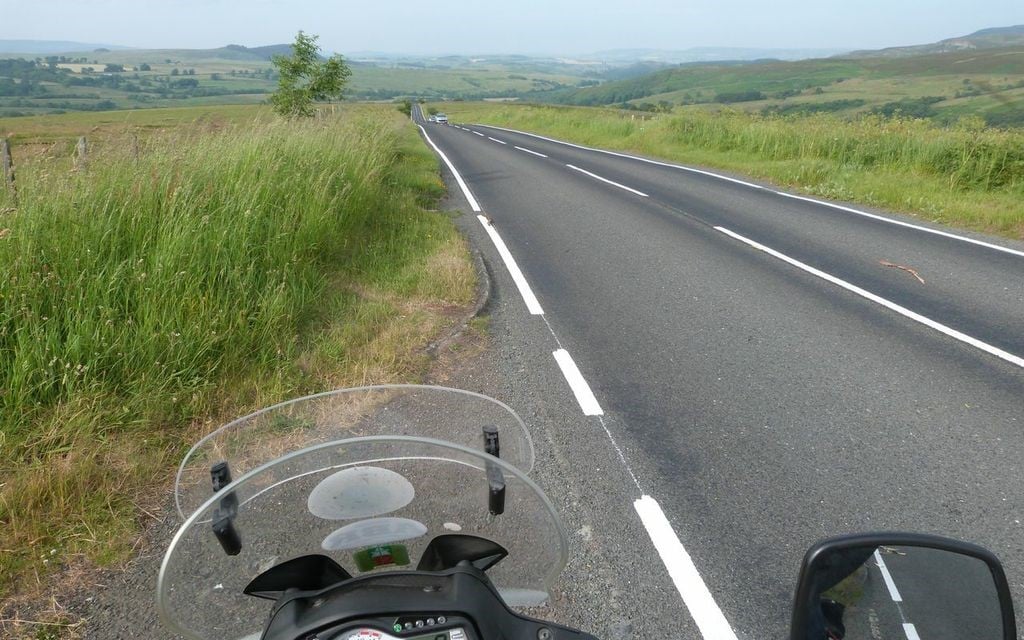
Rothbury is a market town and civil parish in Northumberland, England, on the River Coquet. It is 14 miles (22.5 km) north-west of Morpeth and 26 miles (42 km) north of Newcastle upon Tyne.
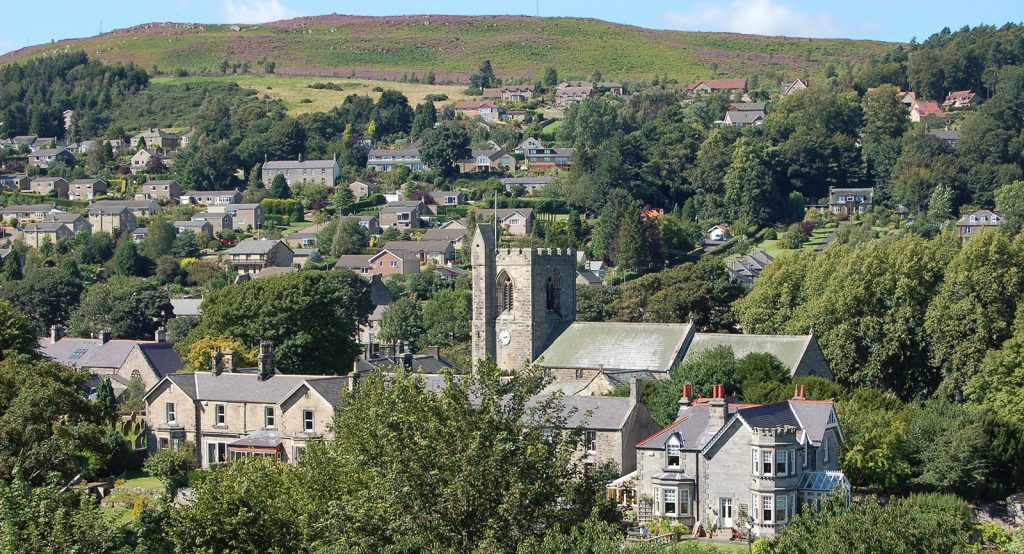
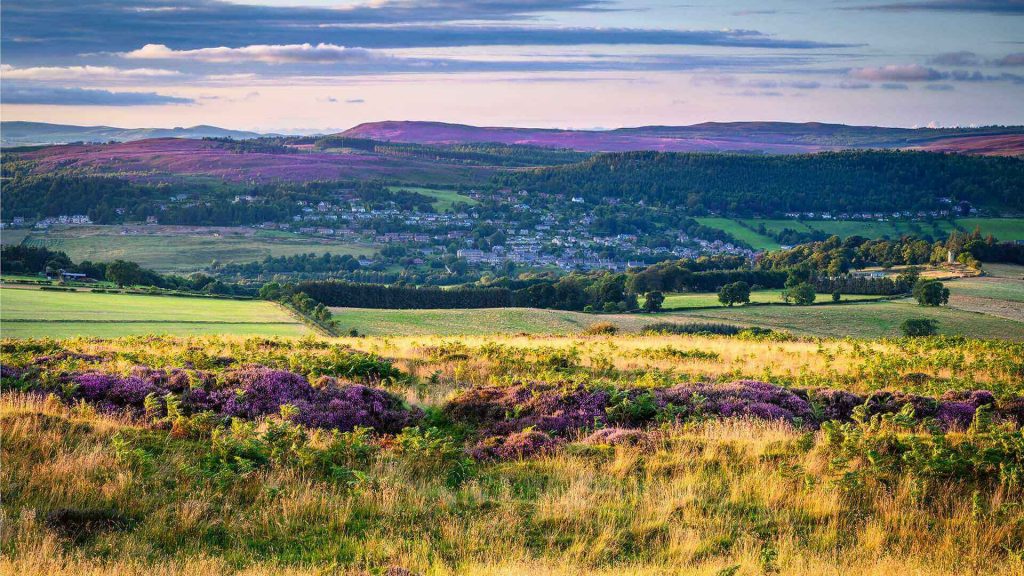
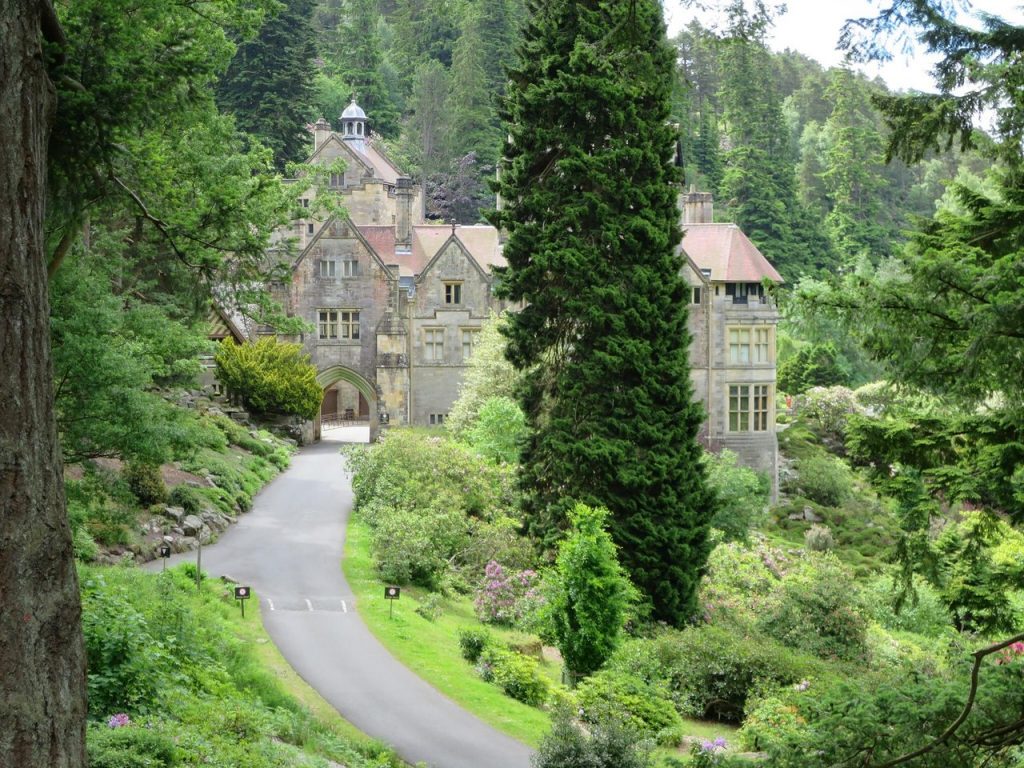
Alnwick is a market town in Northumberland, England, of which it is the traditional county town. The town is on the south bank of the River Aln, 32 miles (51 km) south of Berwick-upon-Tweed and the Scottish border, 5 miles (8 km) inland from the North Sea at Alnmouth and 34 miles (55 km) north of Newcastle upon Tyne.
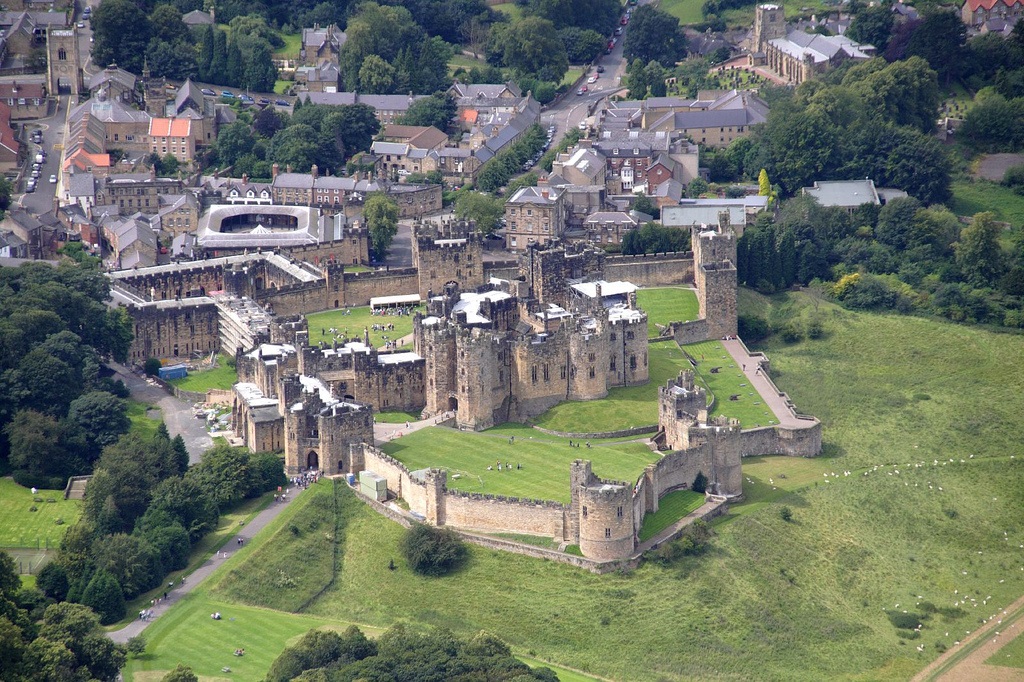
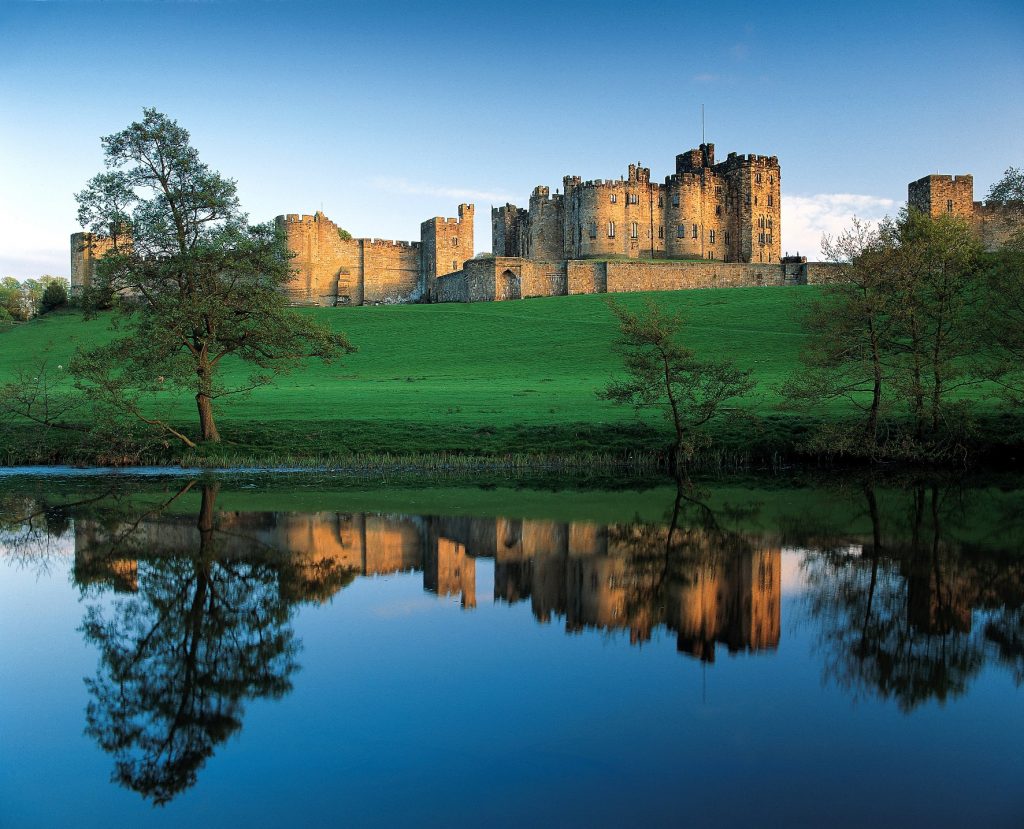
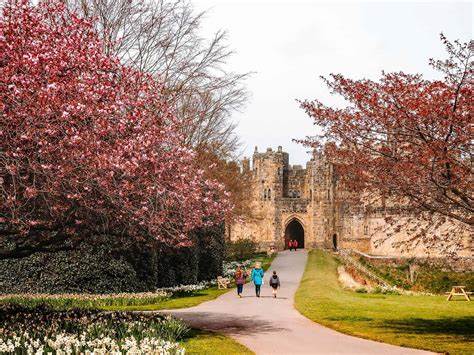
Warkworth is a village in Northumberland, England. It is best known for its well-preserved medieval castle, church and hermitage.
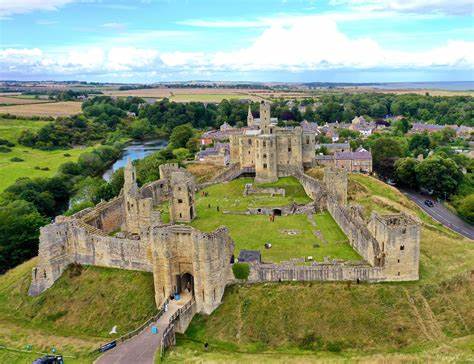
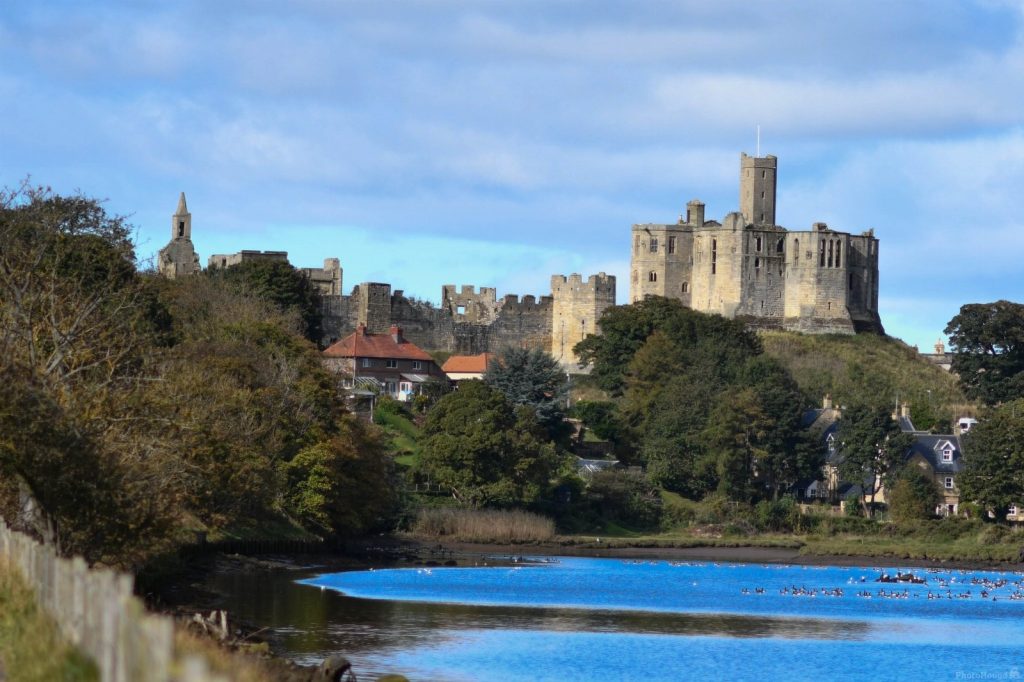
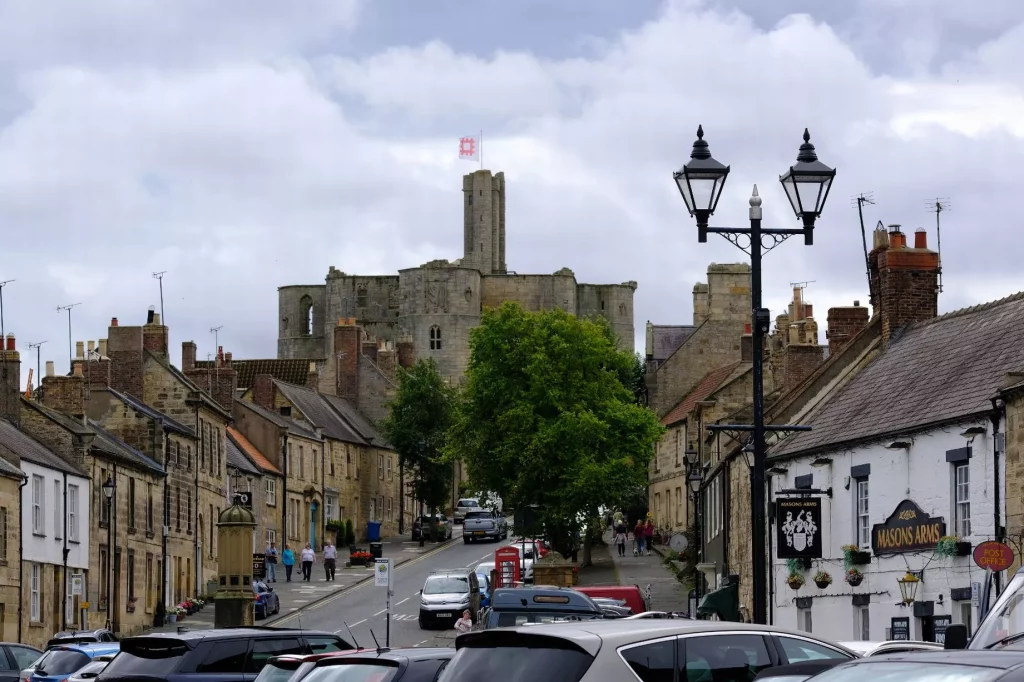
Craster is a small fishing village on the Northumberland coast of England, eight miles (13 km) from Alnwick. The next village to the north is Embleton. It is within the Northumberland Coast Area of Outstanding Natural Beauty.
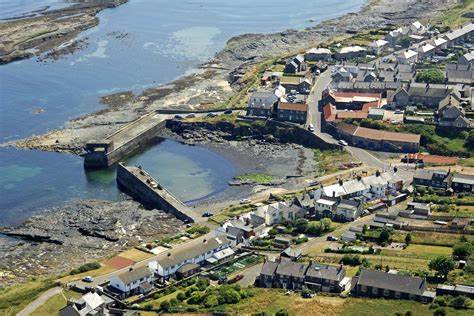
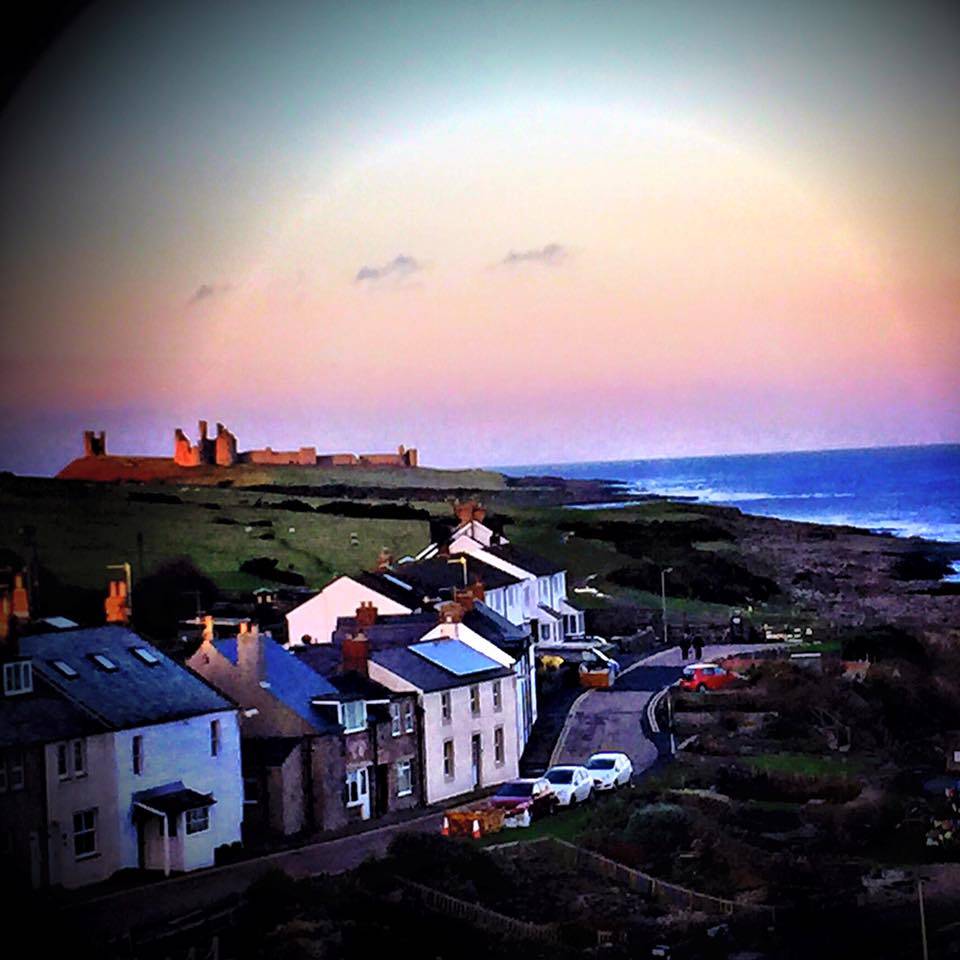
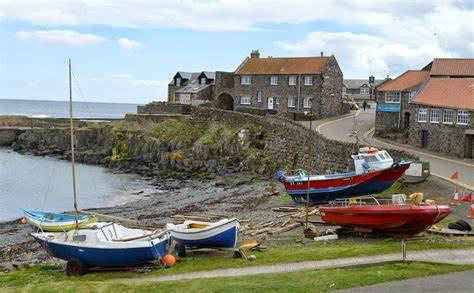
Seahouses is a large village on the North Northumberland coast in England. It is about 20 kilometres (12 mi) north of Alnwick.
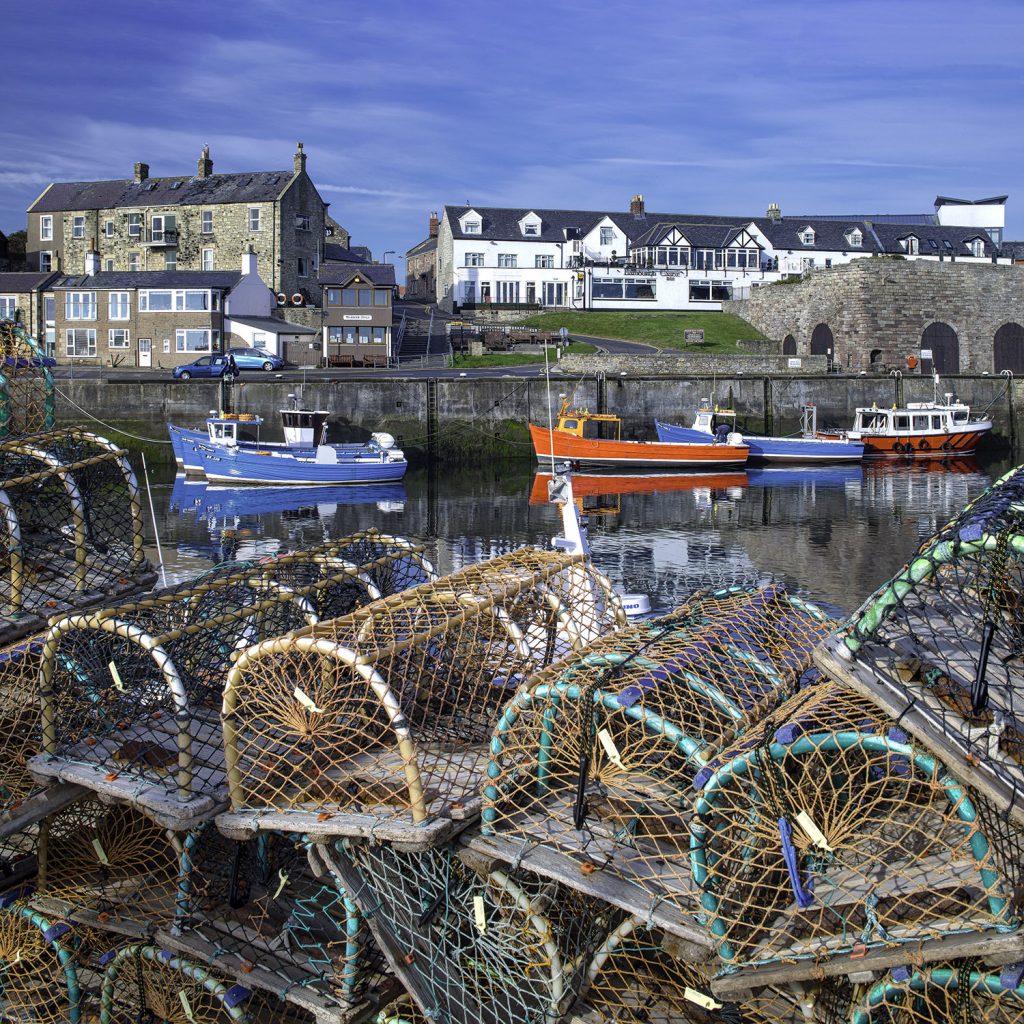
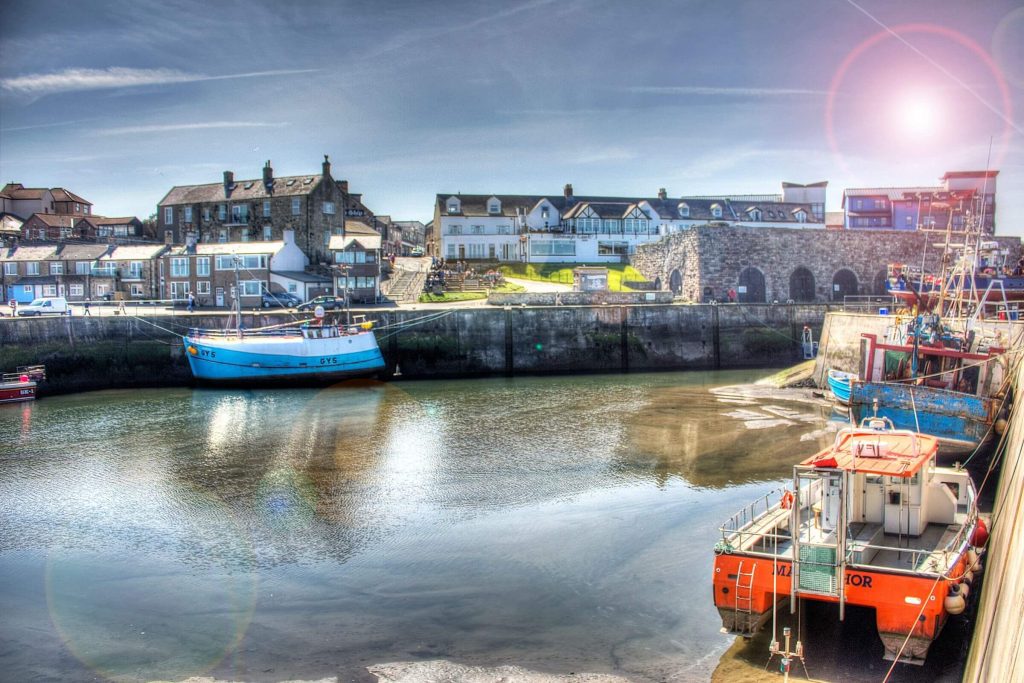
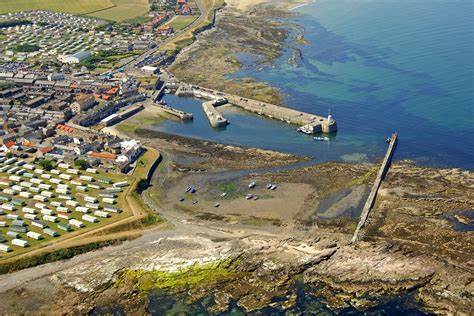
Bamburgh is a village and civil parish on the coast of Northumberland, England. Bamburgh was the centre of an independent north Northumbrian territory between 867 and 954. Bamburgh Castle was built by the Normans on the site of an Anglo-Saxon fort. The extensive beach by the village was awarded the Blue Flag rural beach award in 2005. The Bamburgh Dunes, a Site of Special Scientific Interest, stand behind the beach. Bamburgh is popular with holidaymakers.
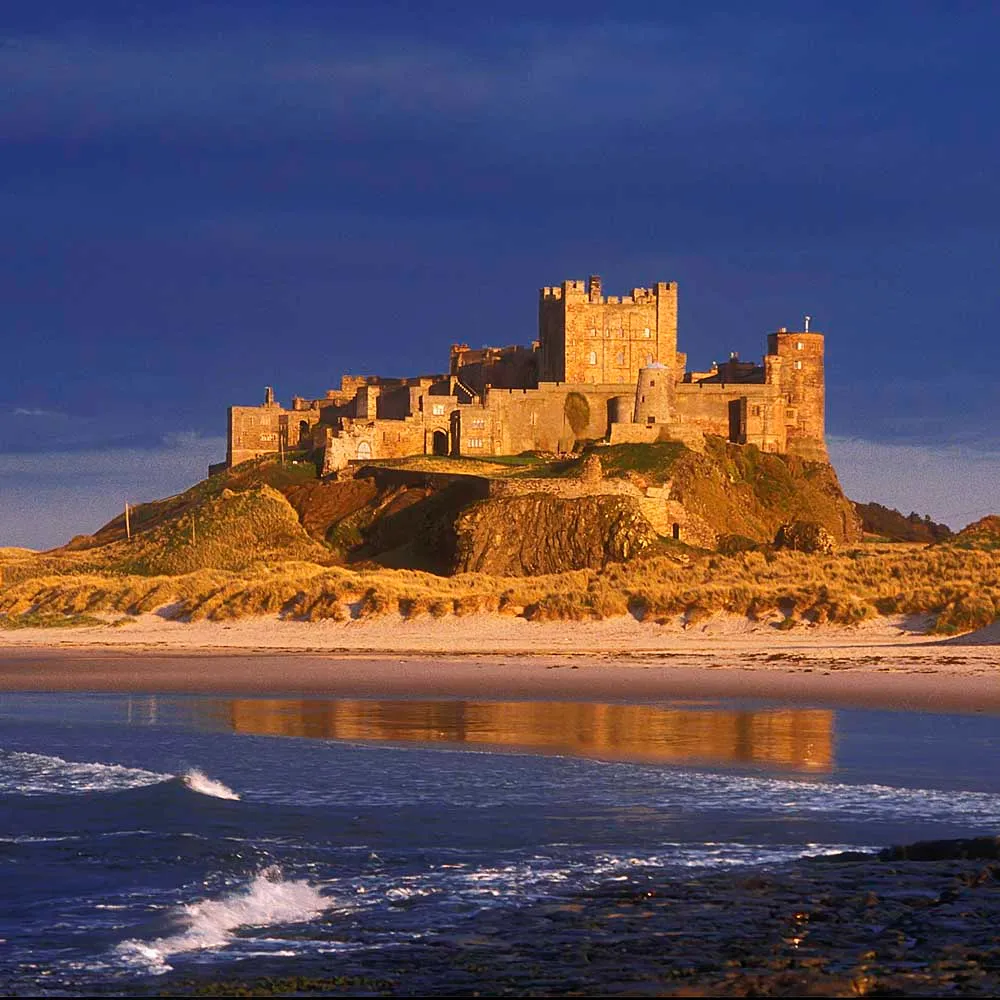
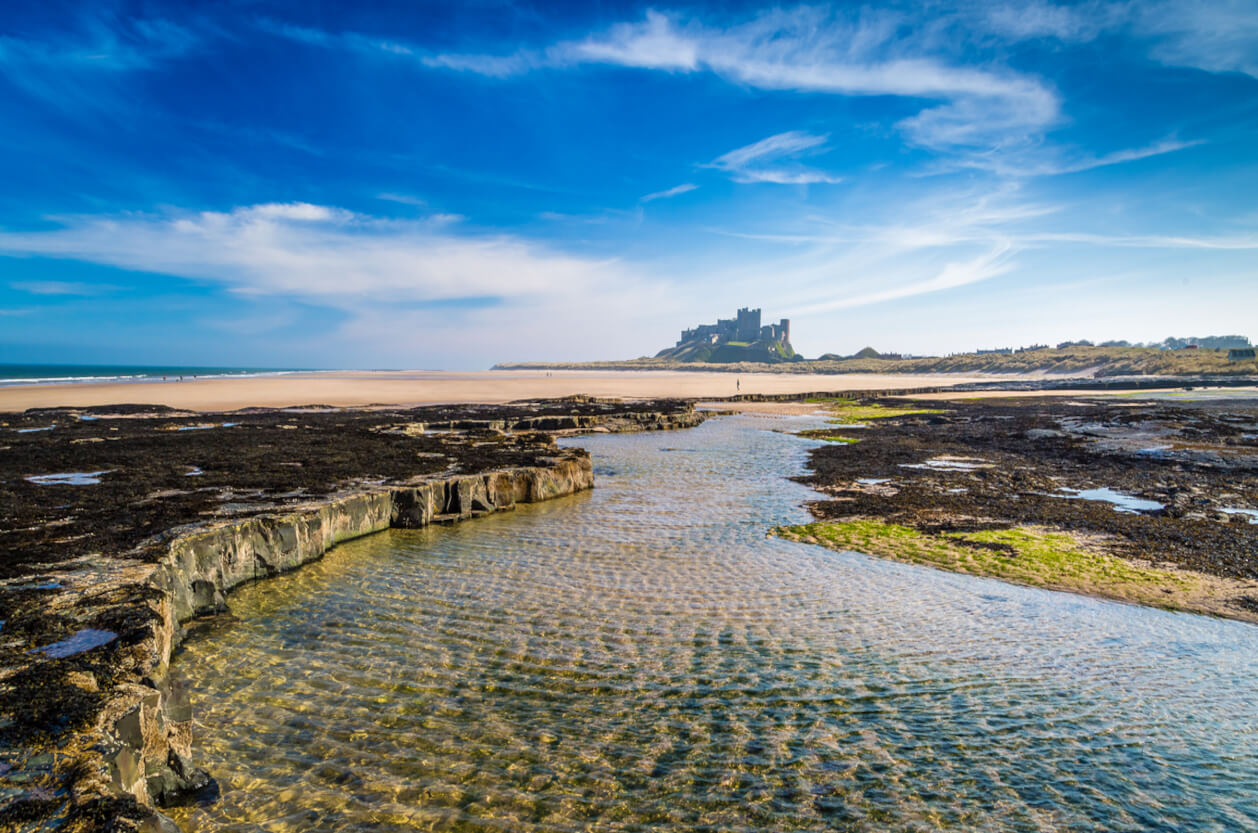
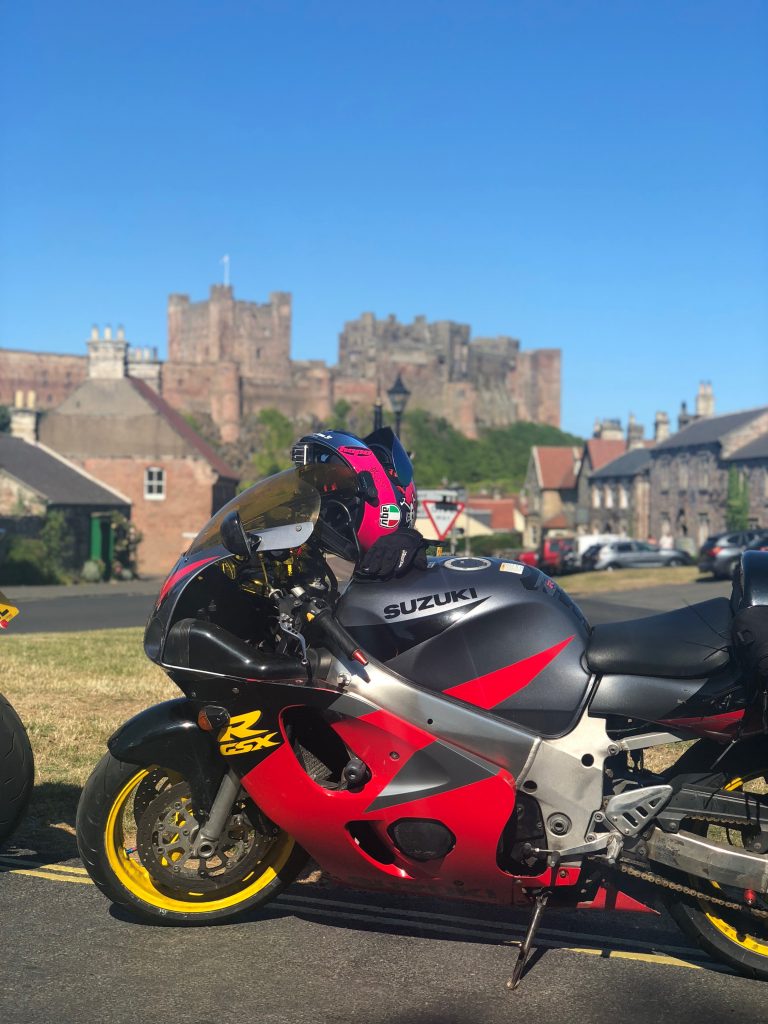
Lindisfarne, also known as Holy Island, is a tidal island off the northeast coast of England, which constitutes the civil parish of Holy Island in Northumberland. Holy Island has a recorded history from the 6th century AD. The island was originally home to a monastery, which was destroyed during the Viking invasions but re-established as a priory following the Norman Conquest of England. Other notable sites built on the island are St Mary the Virgin parish church (originally built AD 635 and restored in 1860), Lindisfarne Castle, several lighthouses and other navigational markers, and a complex network of lime kilns. In the present day, the island is an Area of Outstanding Natural Beauty and a hotspot for historical tourism and bird watching. As of February 2020, the island had three pubs, a hotel and a post office as well as a museum.
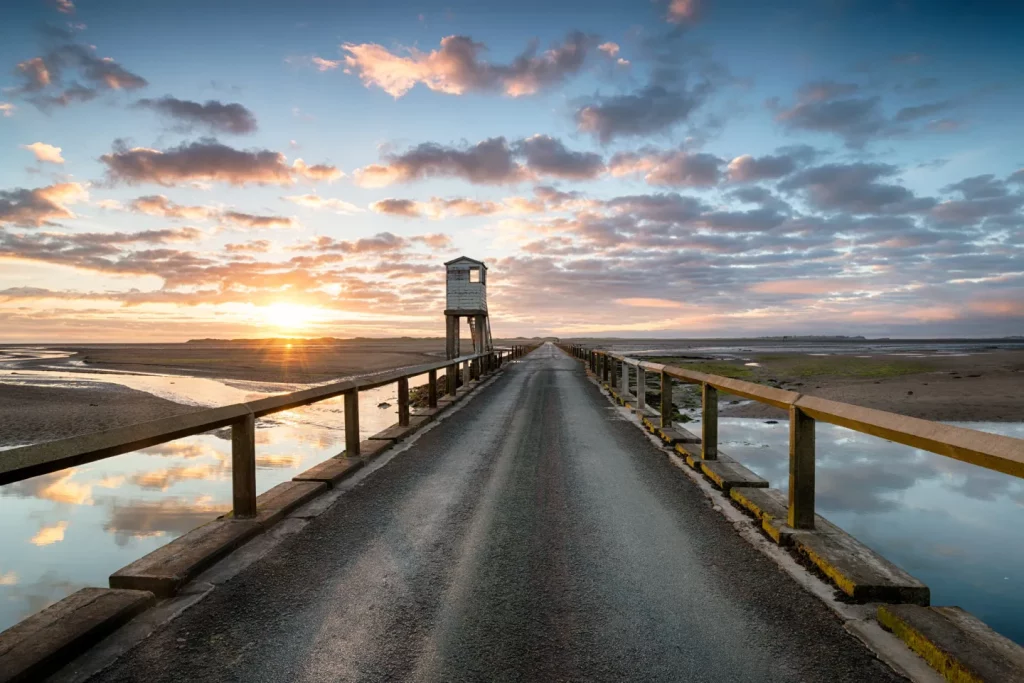
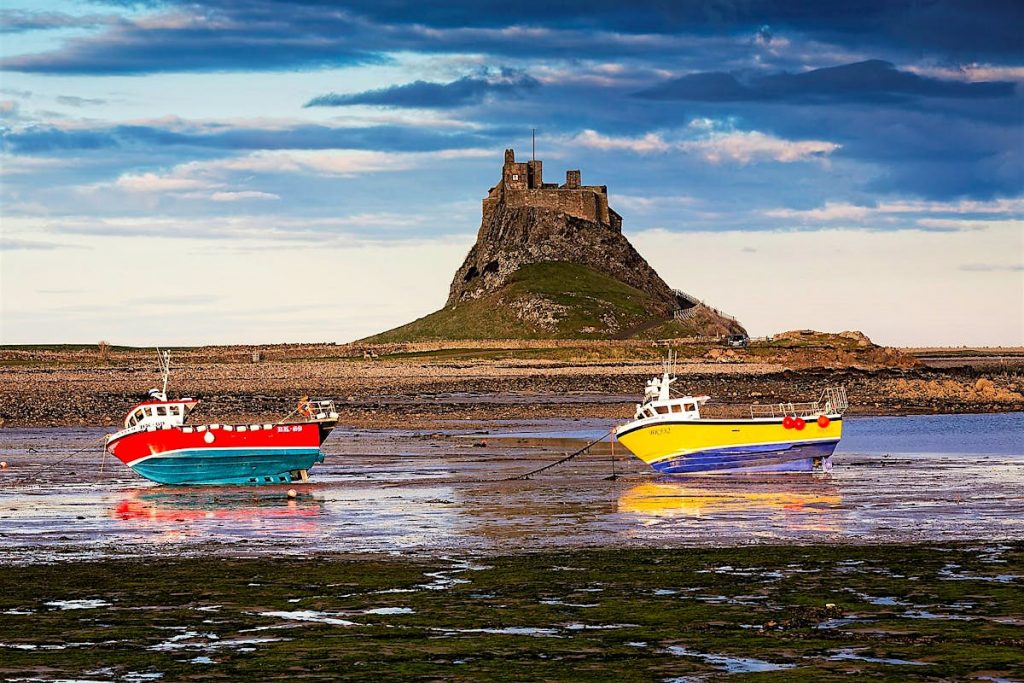
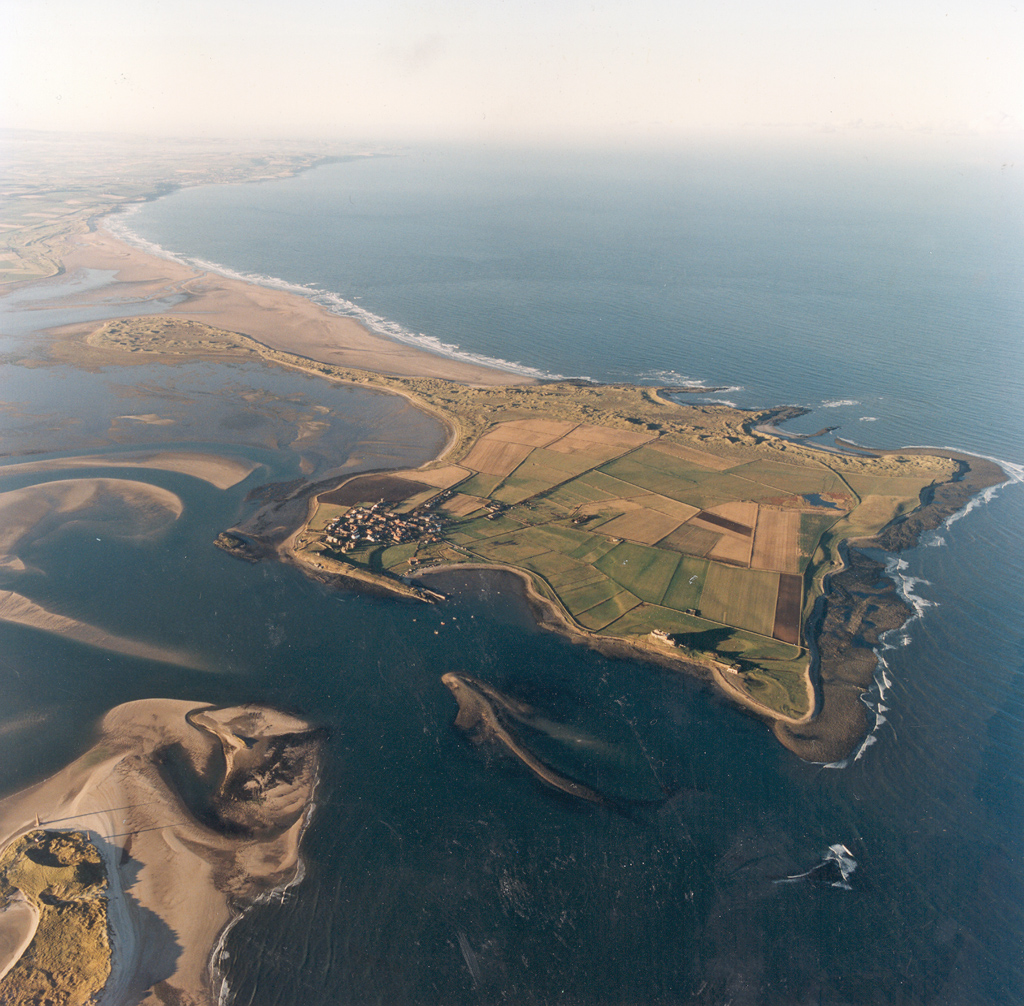
Berwick upon Tweed finish.
